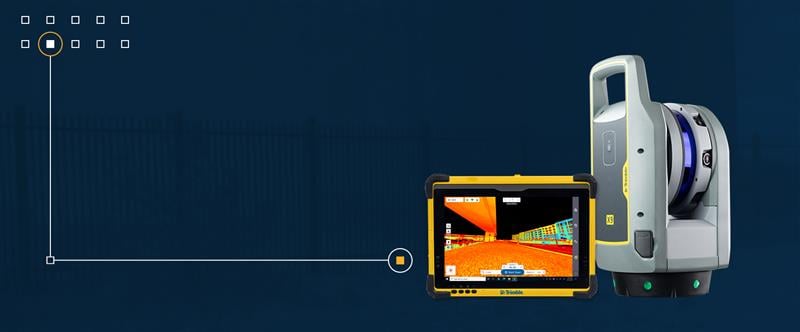Airbus Mobilizes Satellites to Help Locate Missing Airliner

Airbus Defence and Space has mobilized five observation satellites to aid in the search for the missing Malaysian Airlines plane. The Boeing 777 disappeared on March 8 during a flight from Kuala Lumpur to Beijing.
The day after the aircraft disappeared,the very high-resolution Pléaides 1A and 1B satellites, the high-resolution SPOT 5 and 6 satellites, and the synthetic aperture radar satellites TerraSAR-X were programmed to take images of the search zone. All the data collected are analyzed by Airbus Defence and Space maritime experts and provided to the Malaysian Remote Sensing Agency (MRSA).
The Pléiades images are also transferred via CNES, and TerraSAR-X images via DLR, to the Chinese Meteorological Administration, which requested the Disaster Charter activation on March 11.
Since Sunday, March 9, the experts of Airbus Defence and Space have been analyzing the images taken by the optical and radar satellites. The radar satellites like TerraSAR-X are able to identify layers of hydrocarbon as well as any oil slick or metallic objects floating on the sea. The resolution of the optical satellites Pléiades 1A & 1B (50 cm after resampling) and SPOT 5 and 6 allow for identification and characterization of small objects over large surfaces.



















I think the time has come the on-board installation of e-call sensors on aircraft that will call back to the control ground stations for distress responses. The defined route connecting the origin and destination of this air line can be traced on the AVHR satellite imageries will be of help in this case.
I think the time has come the on-board installation of e-call sensors on aircraft that will call back to the control ground stations for distress responses. The defined route connecting the origin and destination of this air line can be traced on the AVHR satellite imageries will be of help in this case.